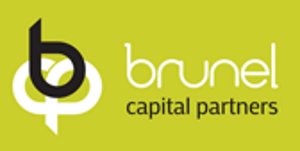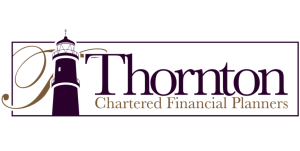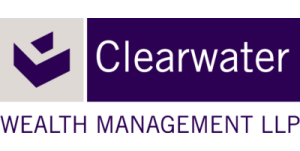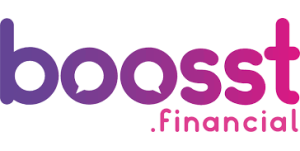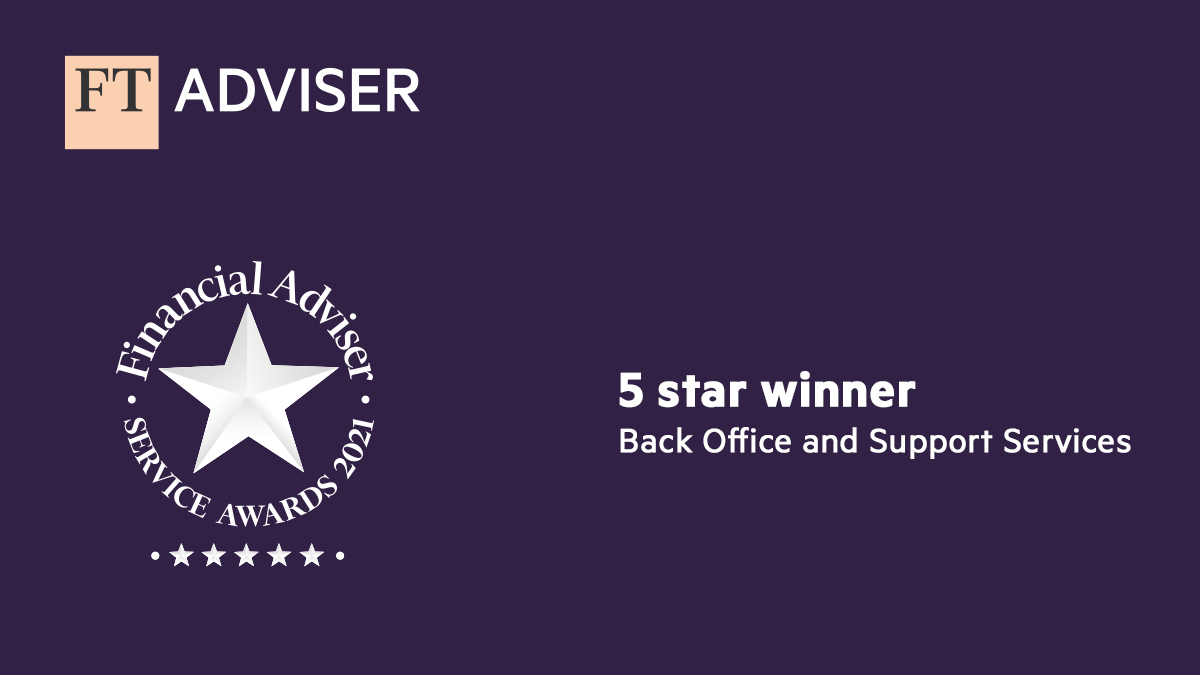30 mins CPD
Learning Objectives:
- Illustrating how to document and maintain assumptions internally
- Communicating key assumptions in client correspondence/reports
- Understanding the importance of adopting defaults (and making those defaults flexible)
So far, our Cashflow Assumptions Best Practice series has covered some of the key assumptions we all make when building cashflow models. In this blog, we’ll review these, look at how you document the assumptions you use, and how to incorporate them into clients’ Financial Plans. We’ll also look at some fantastic recommendations and suggestions from our customers with regards to other things you should be thinking about when considering the assumptions you make and building cashflow models.
Moving from the specific to the more general, here are some expert tips from cashflow masters on what to look out for; things you might want to consider, and the transformative impact cashflow modelling can have on clients’ lives!
Getting it wrong… in the right way
As we discussed in an earlier blog: all models are wrong, but some are useful.
Engaging clients with the financial planning process is vital in nurturing an ongoing client/planner relationship. Cashflow modelling, done well, can be a powerful part of this process. A cashflow model isn’t something to be built once and forgotten; it’s a dynamic, living, breathing thing: it’s something you and your client will collaborate on over time. A well-built cashflow model will help create a rapport with clients and ensure they keep coming back to check on their progress, providing you with a secure stream of income into the future.
We can almost guarantee that the long-term projection will be wrong – plans change; markets crash; global pandemics happen. This makes it all the more important that we give due thought, care, and attention to the assumptions that we make today. It’s less important that your cashflow is built on “correct” assumptions than that those assumptions are reasoned and reasonable. The purpose of cashflow modelling is not to predict the future, but rather to empower clients to make informed decisions about their financial lives.
The previous articles in this series cover some of the key assumptions we make when building cashflow models. You can access these using the links below:
If it isn’t written down, it doesn’t exist!
Once you have decided on the assumptions that you are going to use internally, these need to be documented and shared with your clients.

When documenting your assumptions, it’s helpful to include links to sources and dates. When you subsequently review these assumptions, this will help you to check what needs updating and quickly access the relevant information.
I’m going to take inflation as an example, and follow this through the process of documenting and communicating this single assumption for both internal use and client reports. If (after careful consideration) you chose to adopt an inflation rate of 2.5% for your cashflow models, you might document this as:
Inflation 2.5%
Fantastic… until you or a colleague subsequently find yourselves needing to review this assumption. Would this help you to recall how or why you came to this decision? How about the following:
| Description | Assumption | Source | Notes | Date |
| Inflation | 2.5% | (https://www.ons.gov.uk/economy/inflationandpriceindices/timeseries/l55o/mm23) | Download 10-year data as .csv and calculate average in Excel. Round down to 1 decimal place. | 01/09/2021 |
At this point, the reasoning behind the assumption is less important than the source. For internal use, we simply need to know where the data has come from, any steps required to arrive at the required assumption, and the date on which this was last updated. This is sufficient information to allow us quickly and efficiently to update this assumption when we need to revisit it.
Including the date on which the assumption was revised will indicate at a glance whether the assumption is in need of updating. For long-term projections, there is little value to updating things like inflation with monthly changes (the 10 year average of the CPI changes incredibly slowly), but having an agreed timeframe within which each assumption (or all assumptions) needs to be reviewed is good practice.
Incorporating your assumptions into client reports
So, you’ve documented your assumptions. How do you now communicate these to your clients?
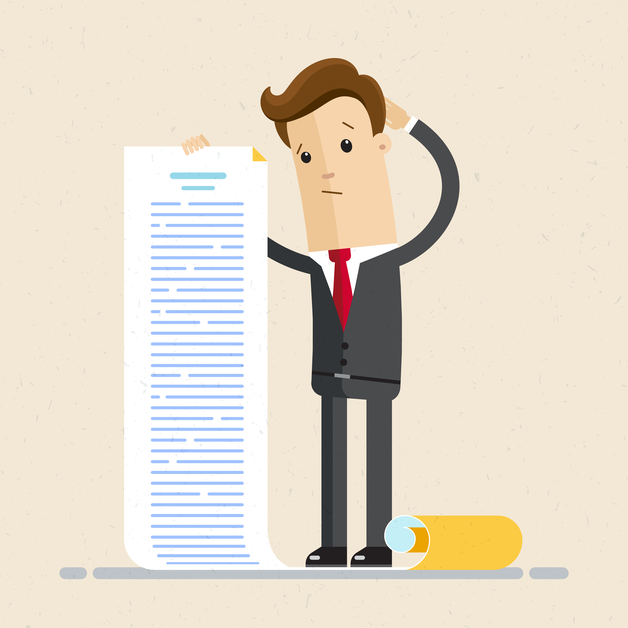
There’s a careful balance that needs to be struck at this stage. It’s vital to include sufficient detail to allow clients to understand how you came to the conclusion each assumption was reasoned and reasonable. At the same time, it’s important not to include so much detail that you overload clients with information that will confuse rather than inform them.
One thing that can be helpful is including a simple table outlining the key assumptions, followed by an explanation of the reasoning. The table conveys data in simple, unambiguous terms, while the subsequent explanation provides sources and justification, should the client wish to see it.
Returning to our 2.5% inflation rate assumption. The following could be an example of reasonable justification of this assumption:
All our cashflow models use an inflation rate of 2.5% by default. We have chosen this rate by looking at Office for National Statistics (ONS) Inflation data, available here. We take an average of inflation over the last 10 years, which covers the Global Financial Crisis of 2007-08 as well as the 2020 Coronavirus crash. We also take into account the Bank of England’s inflation target, which is currently 2%. By adopting a slightly higher rate than this, we allow for faster and higher increases to the cost of living, resulting in a more cautious long-term projection.
Defaults are called defaults for a reason…
Remember that your default assumptions are just that: defaults. Be prepared to adjust these if clients have a justifiable reason for wanting to do so.
 Client A may remember a time when inflation was in double-figures and want a plan that allows for this. You may be able to convince them that the [insert inflation assumption here] you’re using is robust and reasoned and reasonable. Perhaps you revise your default, for just this one client, and explain to them that adding one or two percentage points to this assumption is sufficient to allow for significant increases in the cost of living.
Client A may remember a time when inflation was in double-figures and want a plan that allows for this. You may be able to convince them that the [insert inflation assumption here] you’re using is robust and reasoned and reasonable. Perhaps you revise your default, for just this one client, and explain to them that adding one or two percentage points to this assumption is sufficient to allow for significant increases in the cost of living.
Client B may be adamant that they won’t live past 90. In that situation, should we force them to accept a financial plan that enables them to live up to age 100? In a less-litigious world, perhaps!
Let’s say their pension can sustain an income of £25k/annum up to age 90, but only £18k if it needs to lasts them up to age 100. A more palatable and legislatively robust course of action would be to provide the client with a projection up to age 90, in line with their request. This could be accompanied by an alternative, or “what if” cashflow that carries on to 100 and illustrates their pension fund (with £25k withdrawals) being depleted.
By allowing some flexibility around our default assumptions, we’re allowing clients to take control of their own plans. All the while, the reasoned and reasonable explanations we include in our reports to explain how we came to those defaults provide a robust compliance audit trail. Let’s say inflation stayed at 2% for the next 30 years and Client A is unhappy that they didn’t spend more in the early days of their retirement. You have a documented financial plan explaining why your company uses an inflation rate of X, but that the client was insistent on modelling Y. Maybe Client B is approaching their 88th birthday and finds their pension fund nearly empty? You refer them back to the cautionary cashflow model you produced for them earlier.
But neither of these situations are ever likely to occur, because…
Cashflow modelling should not be a one-off service
We are approached regularly by advisers who don’t currently offer cashflow modelling. One of the frequent questions we are asked is “how much should I charge clients for a cashflow report?”
 In our eyes, cashflow modelling doesn’t lend itself well at all to a transactional business model. As we’ve already covered, the model is almost guaranteed to be wrong. If a client purchases a financial plan or cashflow report on the premise that it will be an accurate long-term guide to their financial future, they are being misled. We can caveat this as carefully as we like, but a cashflow report is quite simply an illustration, based on the best assumptions and data currently available, of one possible outcome.
In our eyes, cashflow modelling doesn’t lend itself well at all to a transactional business model. As we’ve already covered, the model is almost guaranteed to be wrong. If a client purchases a financial plan or cashflow report on the premise that it will be an accurate long-term guide to their financial future, they are being misled. We can caveat this as carefully as we like, but a cashflow report is quite simply an illustration, based on the best assumptions and data currently available, of one possible outcome.
It would be unwise to adopt a “fire and forget” strategy on the back of a cashflow model. For example, our model might indicate that a drawdown of £18,000 per annum from a 65-year-old client’s pension is sensible and sustainable, should their retirement last 35 years. We explain to them that this is based on:
- a projected rate of inflation that might change (life may cost more)
- a projected lifespan beyond the national average
- fund growth in line with agreed projection rates and, most importantly…
- their lives panning out as expected
Would it be wise to hand them this report, take their fee, and recommend that they continue to draw £18,000 per annum until the end of their lives?
Clearly not! The adviser must explain to the client that the model is not a crystal ball, but a decision-making tool. Building a client’s cashflow is not a “one off” service, but an organic, ongoing, collaborative process. In order to ensure they live the best and richest lives possible, it’s essential that the parameters of the model are reviewed and updated regularly.
Used correctly, we believe that cashflow modelling can provide transformative outcomes for clients. It facilitates informed decision making, enriches lives, and leads to long-standing ongoing relationships with trusted financial planners.
Many thanks to all our generous contributors for sharing their time and their invaluable expertise:

